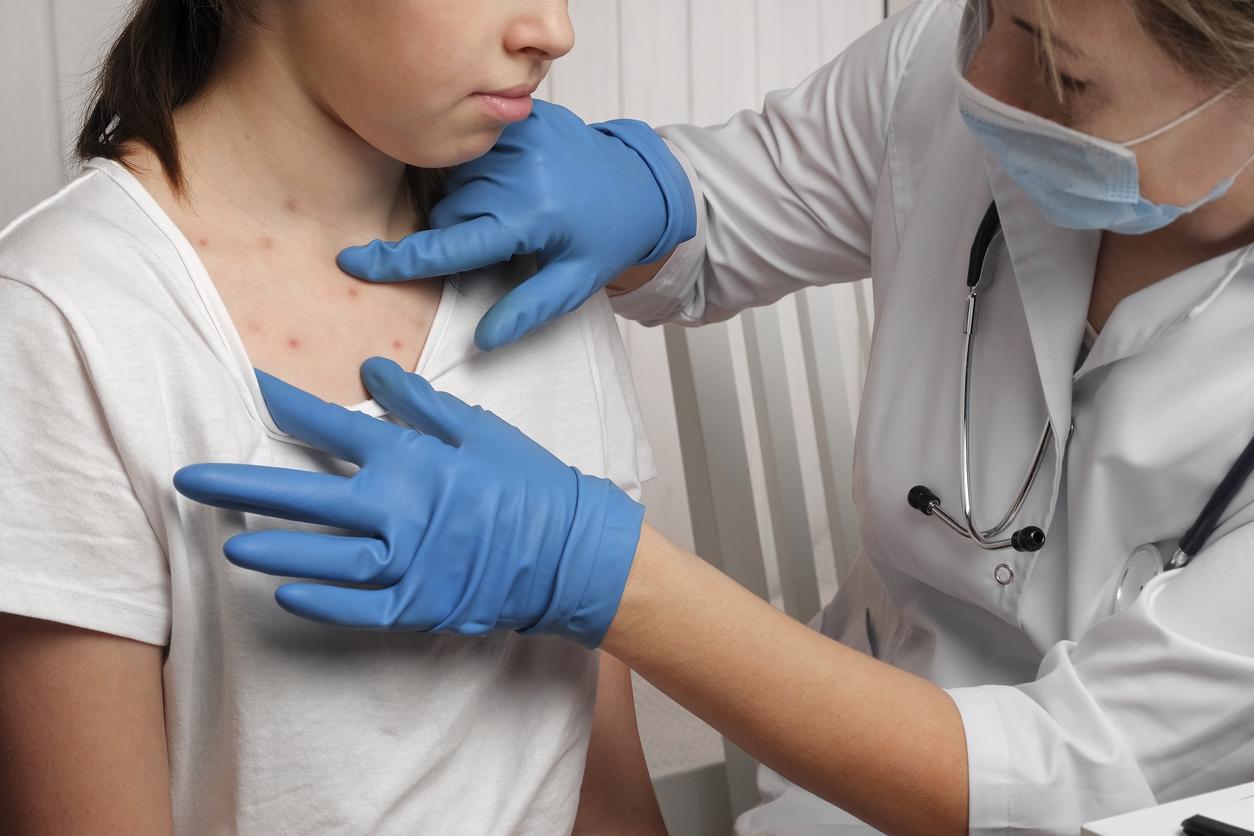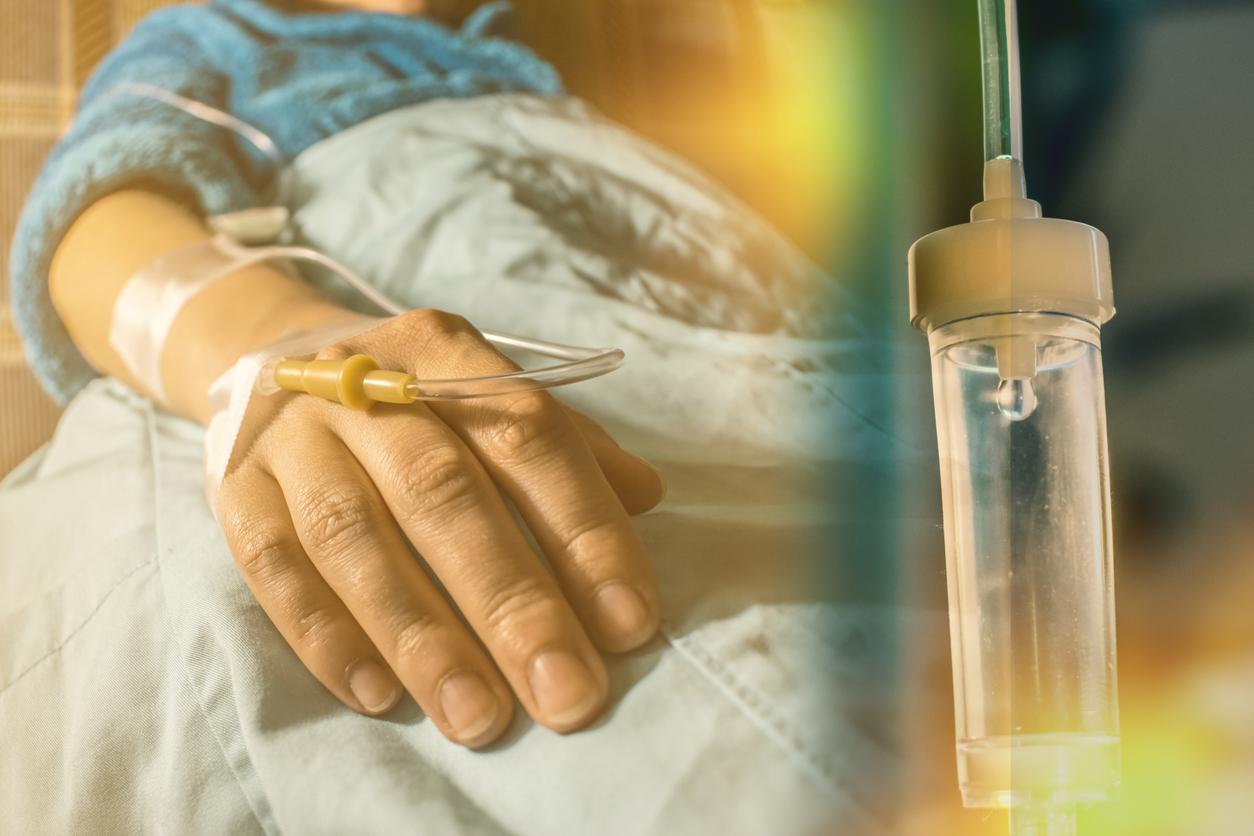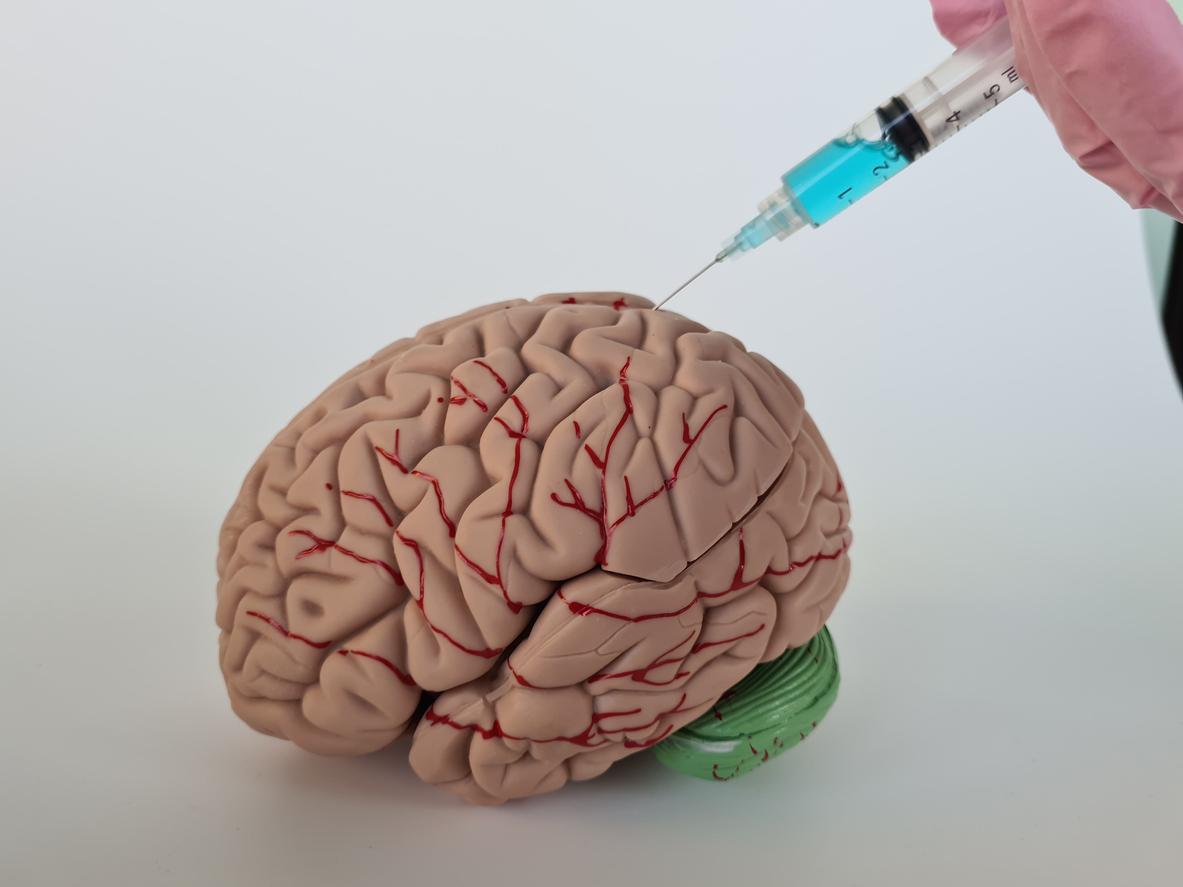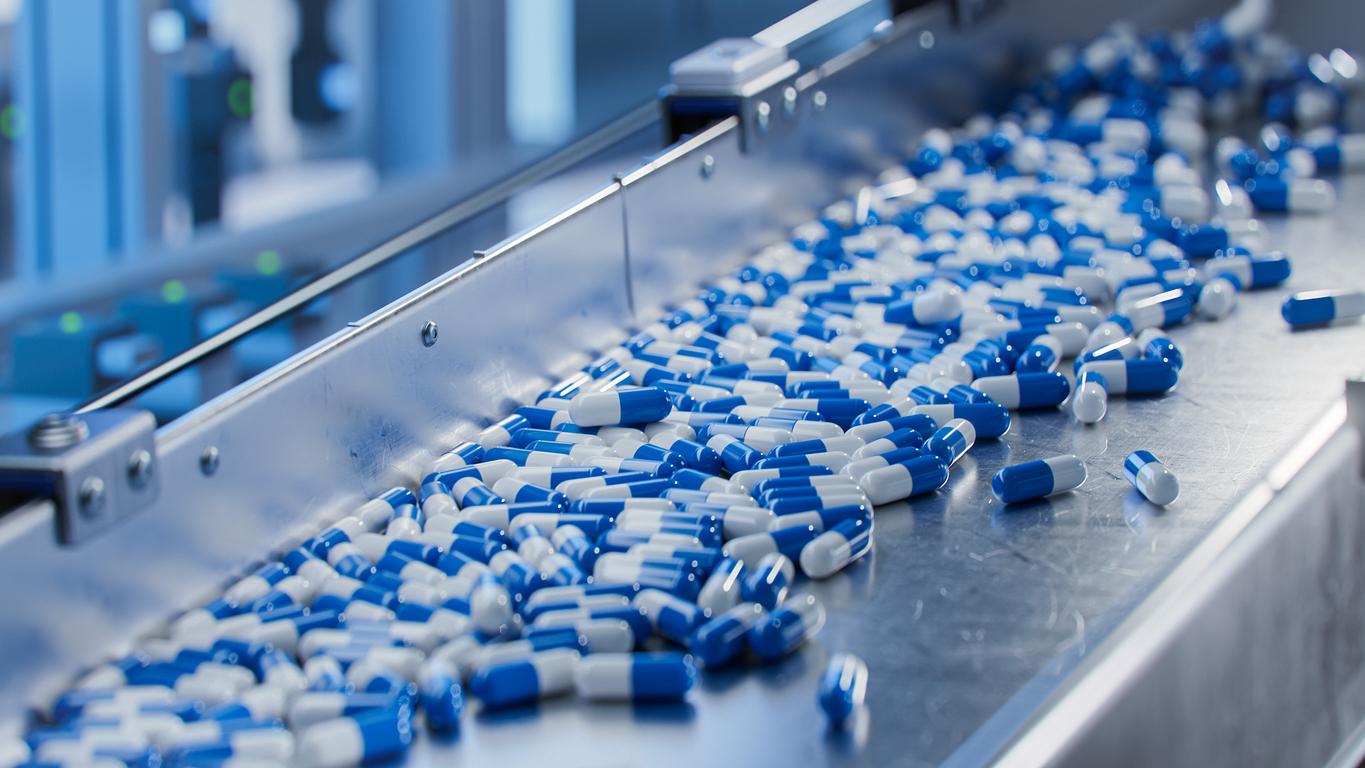After generating a great deal of interest, the AMX0035 molecule was ultimately shown to be ineffective in a phase 3 trial involving 630 people with Charcot’s disease.

- Lou Gehrig’s disease (also known as Amyotrophic Lateral Sclerosis or ALS) is a serious neurological disease that causes paralysis that can affect any part of the body.
- To date, there is no curative treatment for Lou Gehrig’s disease.
- The molecule AMX0035, which had brought great hope, ultimately proved ineffective in treating Charcot’s disease.
On October 10, 2023, Arsla welcomed the arrival of the AMX0035 treatment in France. “We can announce today that, as of October 2023, patients with Lou Gehrig’s disease may be eligible to receive treatment with AMX0035 (Relyvrio in the USA, Albrioza in Canada)”, had written at the time the association for ALS research in a press release.
Charcot’s disease and AMX0035 treatment: what are we talking about?
Lou Gehrig’s disease (known as Amyotrophic Lateral Sclerosis or ALS in medical jargon) is a serious neurological disease that affects motor neurons scattered throughout the cerebral cortex and along the entire anterior part of the spinal cord. It causes paralysis that can affect all parts of the body: the limbs, the pharynx, and the respiratory muscles. The initial expression is variable and the diagnosis is only made after an average of 10 to 12 months of wandering.
Intended to slow the progression of the disease, the AMX0035 treatment is produced by Amylyx Pharmaceuticals. It combines 2 molecules (sodium phenylbutirate and ursodoxicoltaurine), each already used in indications other than ALS. “Sodium phenybutyrate is a histone deacetylase inhibitor to reduce the “endoplasmic reticulum stress (ER stress)” mechanism that may contribute to motor neuron degeneration,” specifies Arsla. “Ursodoxicoltaurine (TUDCA or TURSO) is believed to reduce mitochondrial stress and allow cells to produce the energy needed for their survival,” she adds.
The treatment is provided as individual sachets (each containing 3 g sodium phenylbutyrate and 1 g ursodoxicoltaurine) to be reconstituted in 250 ml of water at room temperature and taken orally or by feeding tube within 1 hour of preparation. The recommended dose is one sachet daily for the first three weeks and one sachet twice daily thereafter.
Charcot’s disease and AMX0035 treatment: 48 weeks of negative tests
Since there is currently no curative treatment for Lou Gehrig’s disease, AMX0035 raised a lot of hope. But last March, it was a cold shower for patients and doctors.
“The Amylyx laboratory published a press release on March 8, 2024 indicating that the results of the phase 3 PHOENIX study (NCT05021536) for the molecule AMX0035 (or Relyvrio) proposed in the treatment of ALS are negative”, explains Professor Claude Desnuelle, vice-president of Arsla. “Contrary to what was observed in the phase 2 CENTAUR study (NCT03127514), monitoring of the ALSFRS-R functional scale score, the primary efficacy endpoint assessing the speed of disease progression, does not show a statistically significant decrease in the treated group compared to the placebo group in the cohort of 630 patients studied after 48 weeks of treatment,” he laments. “This phase 3 study nevertheless confirms the good tolerance of the drug,” he specifies.
“Over the past 20 years, more than 50 different molecules have been tested as treatments for ALS. In nearly 10% of cases, phase 2 studies were positive before phase 3 invalidated the results,” continues the specialist.
“This announcement has dashed the hopes that had emerged of having a new treatment that could be used in ALS, to the point that the molecule had been marketed in North America and accessible in France for several months in a restricted manner through a compassionate access procedure.”says Professor Claude Desnuelle. “For the moment, no statement has been made regarding the future of these accesses. Additional information should be given by the laboratory on the complete analyses of the study during June. To date, in France, the conditions of access to the derogation procedure remain unchanged,” he concludes.


















